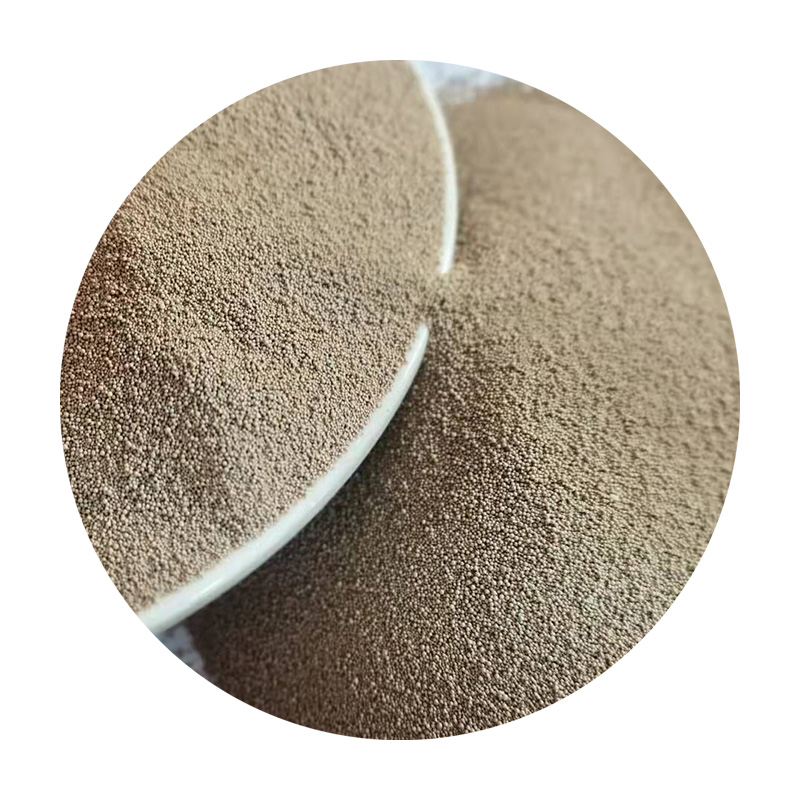The Price Dynamics of Ceramic Sand An Analysis
Ceramic sand, often referred to as proppant in the oil and gas industry, plays a critical role in hydraulic fracturing processes. It is primarily used to hold fractures open in underground formations, allowing for the efficient extraction of hydrocarbons. The price of ceramic sand has seen fluctuations driven by various factors, including market demand, production costs, and geopolitical influences. Understanding these price dynamics is essential for stakeholders in the energy sector.
Market Demand and Supply
The demand for ceramic sand has been increasingly influenced by the expansion of shale oil and gas extraction. As drilling technologies advance, operators seek high-quality proppants that enhance productivity. This surge in demand has led to heightened competition among manufacturers, which, in turn, affects pricing. Generally, periods of high demand correlate with increased prices, while an oversupply can drive prices down.
In recent years, the U.S. shale boom significantly boosted the market for ceramic sand, increasing its price due to heightened consumption. However, as additional production capacities came online, there was a gradual stabilization in pricing. Factors such as market saturation and the environmental regulations impacting production and transport also play a role in shaping the price.
Production Costs and Quality
The production costs of ceramic sand depend on multiple factors, including raw material expenses, energy costs, and labor. High-quality ceramic sand, which is often preferred for its superior performance in fracking, typically incurs higher production costs. This premium pricing reflects not only the raw materials but also the advanced processing technologies required to ensure that the proppant maintains its integrity under extreme conditions.
ceramic sand price

Furthermore, geographic distribution greatly influences costs. Companies located near major drilling sites may experience lower transportation expenses, while those further away may incur additional costs that need to be reflected in their pricing strategies. Economic conditions, especially fluctuations in energy prices, also substantially impact production costs.
Geopolitical Factors
Geopolitical events can have instant repercussions on the ceramic sand market. For example, changes in trade policies, tariffs, or sanctions can disrupt supply chains and influence prices. In some cases, political instability in key regions may lead to supply shortages, which subsequently raises prices.
Moreover, the push for energy independence in various countries has led to increased domestic production of ceramic sand. As nations aim to reduce reliance on foreign sources, local supply production can alleviate some pricing pressures. However, the initial investments required to ramp up local production may temporarily spike prices until the market stabilizes.
Future Outlook
Looking ahead, the ceramic sand market is expected to evolve in response to technological advancements and the growing emphasis on sustainable practices within the energy sector. The development of more efficient extraction techniques could lower production costs and subsequently influence pricing. Additionally, as renewable energy sources gain traction, the demand for ceramic sand may experience shifts, depending on its applications beyond traditional oil and gas extraction.
In conclusion, the price of ceramic sand is subject to a myriad of influences, from market demand and production costs to geopolitical factors. Stakeholders must remain agile and informed about these dynamics to make strategic decisions in a constantly changing landscape. With the interplay of these elements, the ceramic sand price will continue to be a barometer of broader industry trends and economic realities.
Post time:Дек . 09, 2024 14:55
Next:ceramsite
